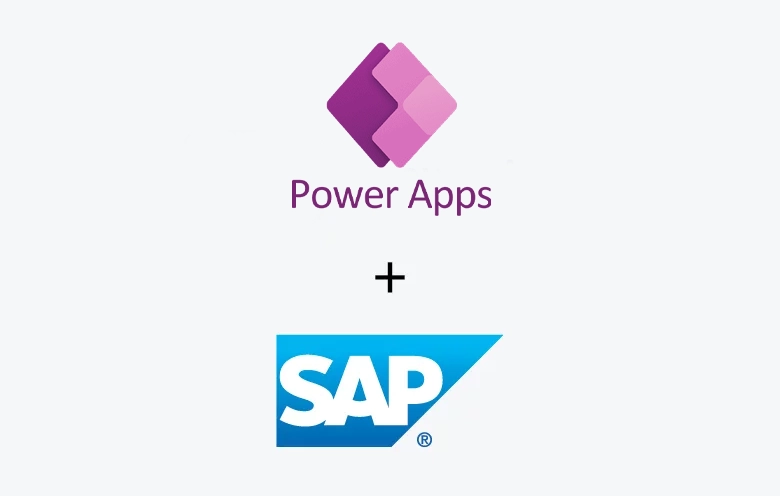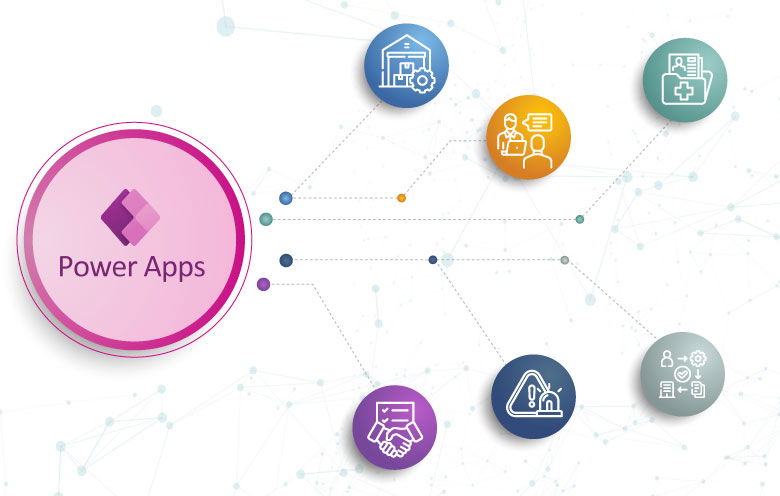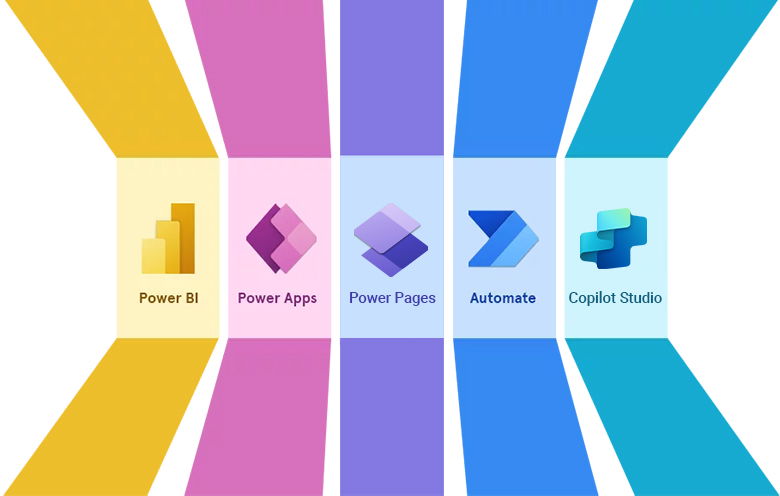In this globalization era, supply chain operations rely on manufacturers, retailers, distributors and suppliers across the globe. Businesses need to align procurement, inventory and demand plans to handle unexpected disruption. If enterprises are not prepared for such situations, this can often lead to numerous stock management challenges which can impact other business departments like sales.
Companies can face the following issues related to their supply chain process:
- Lack of inventory visibility
- Improper stock management
- Lack of order management
- Lost sales opportunities
- Supply-demand imbalance
These issues result in productivity loss and affect sales and customer service operations. However, Power Apps integration with SAP Middleware enables firms to easily address these challenges. Firstly, let’s understand what Power Apps and SAP Middleware are.
These issues result in productivity loss and affect sales and customer service operations. However, Power Apps integration with SAP Middleware enables firms to easily address these challenges. Firstly, let’s understand what Power Apps and SAP Middleware are.
Power Apps for enterprise app development
Power Apps is a low code app development platform presented by Microsoft. With less coding, it allows in designing and developing of robust business applications to digitize workflows. Its point-and-click approach enables companies to seamlessly create apps. Some of the key benefits of Power Apps are:
- High speed performance
- Streamlined development
- Quick and easy app deployment
- Easy to use connectors
SAP Middleware platform
Middleware allows integrating SAP systems with each other and with non-SAP systems. It enables exchange of data within the systems and also allows companies to monitor the dataflow. The most important feature of SAP Middleware is to efficiently build, connect and integrate interfaces between heterogeneous systems.
How integrating Power Apps and SAP Middleware helps inventory and stock management
The combinational abilities of Power Apps and SAP Middleware allow streamlining many supply chain operations like inventory management, procurement, real-time monitoring of stock and maintaining records. Companies can leverage Power Apps to create applications that allow them to view and monitor their inventory and get notifications when they are low with supplies. SAP Middleware allows businesses to get data from their CRM, ERP and other systems to achieve visibility into their supply chain operations.
Inventory tracking
Information related to warehouses and stock can be made available to the employees on their inventory management apps integrated with SAP. This allows them to track their supply and replenish it in case of low stock. The sales team can understand the demand as well and tailor their marketing and sales campaigns according to the availability of resources and consumer requirements.
Order tracking
Customers can check their order details from the online catalog offered by the company through an app developed by leveraging Power Apps. They can view the shipping status of the products that they have ordered and get notifications at every stage of the buying process.
Inventory forecasting
By embedding machine learning (ML) algorithms into the integrated system, companies can predict inventory levels. This helps them in eliminating the manual process of checking their stock and miscalculating the available supply, or accessing multiple systems to seek relevant information, ultimately offering them a demand and supply equilibrium. Moreover, by integrating Power BI, businesses can view interactive dashboards with real-time inventory status.
Demand forecasting
Based on the historic sales and procurement data, companies can predict the demand for their products. The sales team can create campaigns to promote their best-selling products among their customers and create up-selling and cross-selling opportunities.
Let’s get a better understanding through a use case.
Power Apps and SAP Middleware for medical equipment manufacturers
Recently, 2020 witnessed a surge in the demand for masks, sanitizers, hand wash, toilet papers, ventilators and COVID-19 testing kits. With the coronavirus crisis affecting the globe, it has become difficult for medical equipment manufacturing companies and providers to handle such a huge demand. In such times, it is vital that these companies fulfill the procurement requirements. Integrating Power Apps with SAP will provide these companies with the following benefits:
Meeting demands under crisis
Companies can track and gain visibility over critical resources like available beds and limited supplies like ventilators and masks. With the help of the SAP Middleware platform, manufacturers can access critical inventory data. And with Power Apps, they can get notified when they are nearing an out-of-stock situation. This will help medical equipment manufactures to maintain an optimum level of inventory.
Managing multiple locations
If a company has multiple locations, it is easy to track inventory levels at all the locations by integrating SAP Middleware with Power Apps. The business app built using Power Apps will allow users to get insights on supply across all the locations. This ensures optimal stock levels at different locations.
Real-time visibility
Interactive dashboards that consist of key data and insights regarding orders and available resources allow you to make informed and savvy decisions, resulting in efficient deployment. This will help you to avoid overstocking or underutilizing the inventory.
Efficiently manage your supply chain process in this dynamic environment
Companies need to be proactive in monitoring inventory and sales operations, not only during these crucial times but also after the pandemic. With Power Apps and SAP, you can align your supply chain process to market opportunities and stay ahead of the competition. To know more about these technologies, you can talk to our experts.



